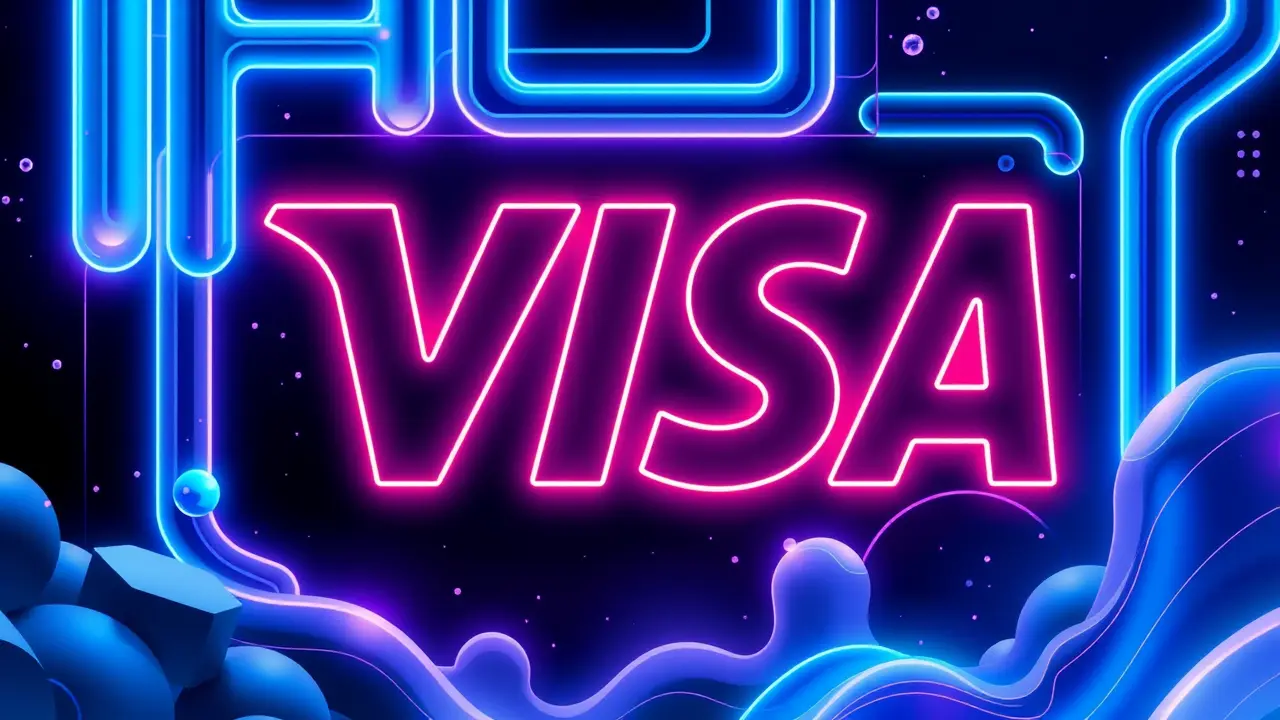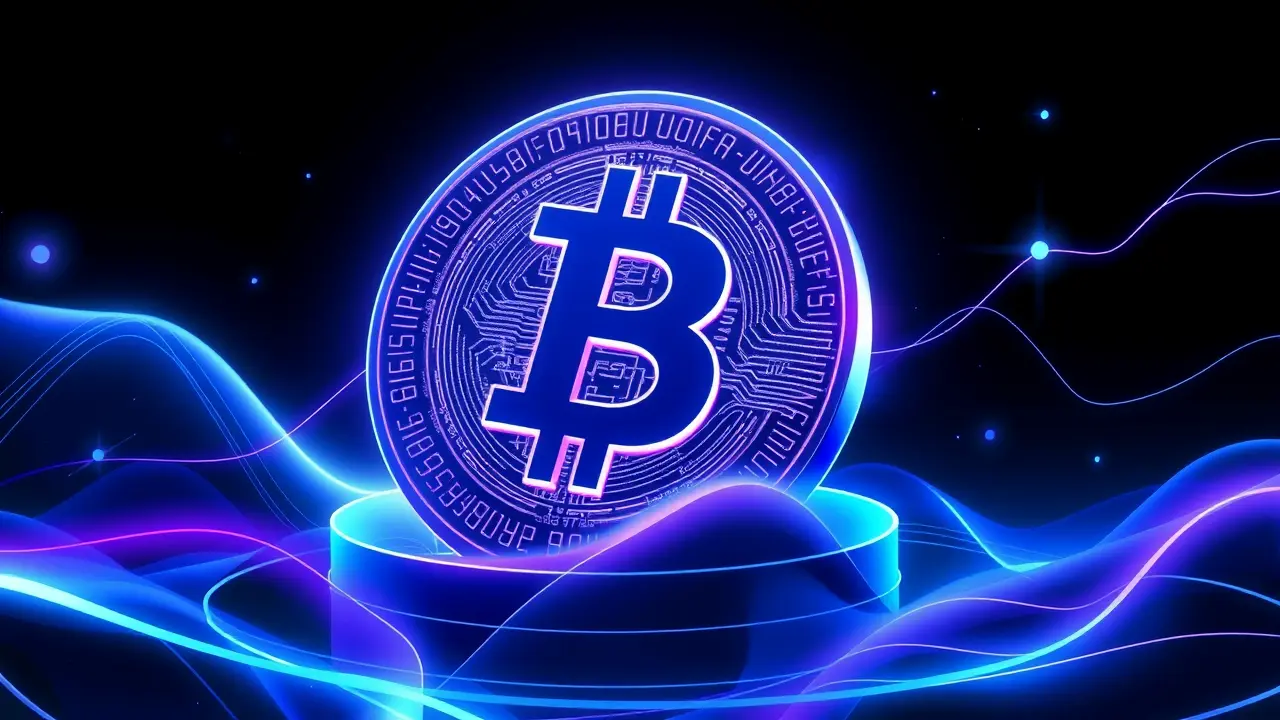
CryptostablecoinsUSDC and Circle
Visa now supports stablecoin payouts for creators in new ‘breakthrough’ pilot
CH
Chloe Evans
2 hours ago7 min read
The seemingly dry plumbing of global finance just got a significant upgrade, and it’s one that could fundamentally reshape how creators and freelancers get paid. Visa, the titan of traditional payment rails, has launched a pilot program that directly supports stablecoin payouts, starting with Circle’s USDC.This isn't just a tentative toe-dip into crypto waters; it’s a strategic deployment of a financial bridge connecting the established fortress of TradFi with the bustling, innovative frontier of decentralized finance. For the millions of gig workers and digital creators who form the backbone of the modern digital economy, this move promises to solve some of their most persistent pain points: the agonizing multi-day waits for cross-border wire transfers, the exorbitant fees that nibble away at their hard-earned revenue, and the opaque tracking of payments that can leave them in financial limbo.Imagine a graphic designer in Manila finally being able to receive payment from a client in Toronto not in three to five business days, but nearly instantly, with transaction costs reduced to a fraction of a cent rather than a hefty percentage. This is the tangible future Visa is now testing.The choice of USDC is particularly telling. Unlike more volatile cryptocurrencies, USDC is a fully-reserved digital dollar, each token backed by cash and short-dated U.S. Treasury bonds, providing the stability that is non-negotiable for payroll and business transactions.It represents the ‘compliant DeFi’ ethos that major institutions find palatable. This pilot is a clear signal that the narrative is shifting from crypto as a purely speculative asset class to crypto as a superior utility layer for global value transfer.It follows a logical progression from Visa’s earlier crypto card programs, which allowed the conversion of crypto to fiat at the point of sale. Now, they are attacking the other side of the equation—the disbursement side—effectively creating a more holistic crypto-fiat on-ramp and off-ramp ecosystem.The implications ripple far beyond faster paychecks. For the burgeoning creator economy, projected to be worth half a trillion dollars, this introduces a new level of financial autonomy and efficiency.It enables micro-payments and real-time revenue sharing models that were previously economically unfeasible. A musician could receive streaming royalties the moment a song is played; a writer could be paid per article without waiting for a monthly invoice cycle.This liquidity injection at the individual level is profound. However, the path forward is not without its regulatory hurdles and technical challenges.Visa will have to navigate a complex global patchwork of financial regulations concerning digital assets, ensure robust anti-money laundering and know-your-customer protocols are seamlessly integrated, and maintain unwavering stability and security for its network. The success of this pilot could pressure other financial behemoths like Mastercard and PayPal to accelerate their own stablecoin strategies, potentially triggering a new wave of institutional adoption that further legitimizes the entire digital asset space.In essence, Visa isn’t just adding a new payment option; it is strategically positioning itself at the nexus of the two competing financial worlds, betting that the future is not one of replacement, but of integration. The ‘breakthrough’ isn't the technology itself, but the fact that a pillar of the old financial guard is now actively, and concretely, building the infrastructure for the new one.
#featured
#Visa
#stablecoin
#USDC
#Circle
#payments
#creators
#gig workers
#pilot program
Stay Informed. Act Smarter.
Get weekly highlights, major headlines, and expert insights — then put your knowledge to work in our live prediction markets.
Related News
© 2025 Outpoll Service LTD. All rights reserved.











